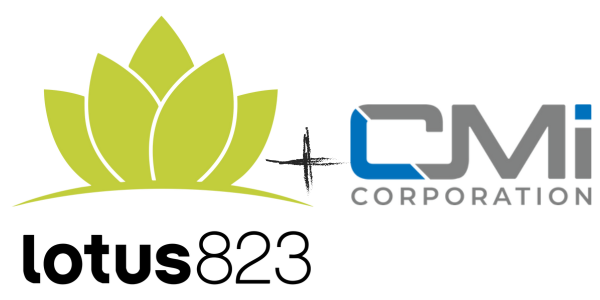There’s no denying that the smart home industry is booming! From refrigerators that can communicate ketchup shortages to garbage cans that directly sync to iPhones, countless Americans are now living in connected homes.
Ironically enough, while the technology landscape is rapidly changing in time with the smart home movement, marketing professionals are evoking traditional tactics when it comes to helping brands transition into the smart home arena and connect with their audiences.
Targeted Marketing
Targeted marketing is an oldie, but goodie when it comes to reaching the right people.
When LG was looking to pinpoint its target audience for a new line of Smart TVs, the company turned to ownerIQ Solutions. In working with ownerIQ Solutions, LG was able to access the company’s brand partnership and retail portfolios as well as connect with consumers who had previously researched LG products.
The results were overwhelmingly positive and LG was able to leverage the new information provided by ownerIQ Solutions to drive sales and increase investments while promoting new smart products.
Branding
It’s a tale as old as time – consumers gravitate towards brands that have created and established a strong identity. A company’s branding can lend itself to visual identity (logo, colors, packaging) or to a company’s set of core values and guiding principles. It can certainly be challenging for companies to adapt to the smart home movement while maintaining its fixed mission – but many of them are doing it!
In May 2016, Philips, a trusted and beloved technology company, launched the Philip’s Hue series of smart light bulbs. In doing so, Philips incorporated smart technology into a product that has been sold for decades, appealing to existing consumers as well as enticing new ones.
The same can be said for Comcast with its recent launch of xCam, the newest installment in its home security platform, Xfinity Home. The xCam is just the beginning of Comcast’s efforts in building its reputation of being a leading provider of innovative technology to expand its claim to smart devices.
Social Media
While we can all agree that social media is important, the startling reality is that according to the Pew Research Center, 90% of young adults (ages 18-29) use social media.
With such a large community of active users, it makes perfect sense that social media aids brands in connecting with a tech-savvy audience. Just take a look at iHome!
Since its inception in 2005, iHome has asserted itself as the leading provider of Digital Player Speakers. As the company erupted onto the scene, it cultivated a strong social media presence across Facebook, Twitter, Instagram, and Youtube. The brand now has over half a million followers across all four platforms and continues to acquire more followers through consistent, relevant, and engaging posts.
While iHome was originally known for iPod speakers, the company has branched out to include devices specifically crafted for smart homes. In promoting this venture, iHome has utilized its social media accounts to include content specific to its smart home devices.
This method of social media marketing allows the brand to tap into its existing customer base as well as attract new interest to its line of smart home devices in a cost-effective way.
Just as the foundation for smart homes and traditional homes is the same, the foundation of marketing principles are consistent, even with advancements in technology. As homes evolve and get smarter, practiced marketing tactics do, too.








